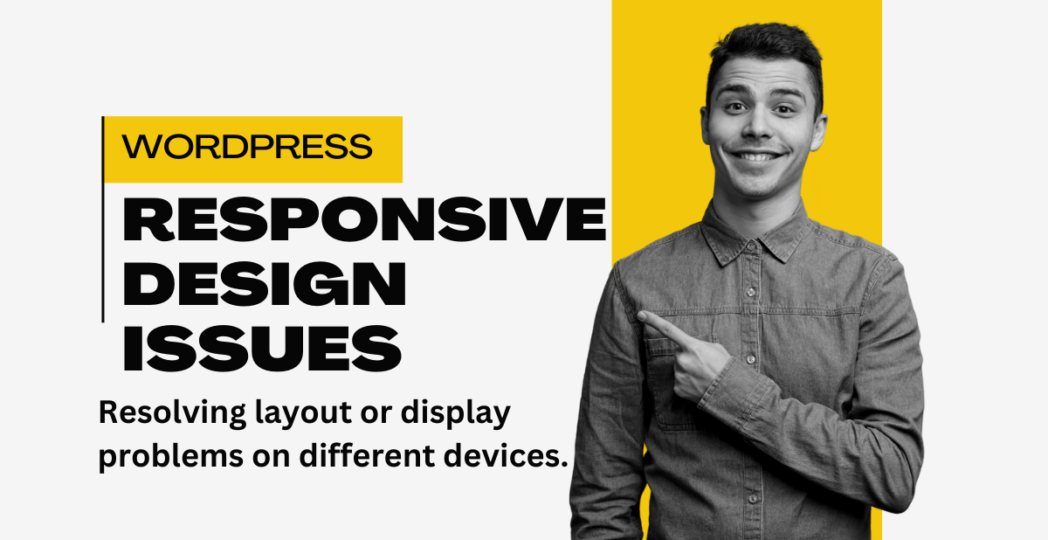Tackling Responsive Design Issues: Overcoming Layout and Display Challenges Across Devices.
In today’s digital landscape, where users access websites and applications across a multitude of devices, responsive design has become more crucial than ever. It ensures that content adapts seamlessly to various screen sizes and resolutions, providing users with an optimal viewing experience. However, despite its importance, responsive design comes with its own set of challenges, often manifesting as layout or display issues on different devices. Let’s delve into some common problems encountered in responsive design and explore effective strategies to resolve them.
- Inconsistent Layouts: One of the most prevalent issues in responsive design is maintaining consistency across devices. Elements that appear perfectly aligned on a desktop screen might become disorganized or misaligned on smaller screens like smartphones or tablets. To address this, designers can employ techniques such as grid systems, flexible layouts, and media queries. Grid systems ensure that content is arranged in a structured manner, while flexible layouts allow elements to resize proportionally based on screen size. Media queries enable designers to apply specific styles based on device characteristics, ensuring a consistent and harmonious layout across various devices.
- Text Readability: Another common challenge is ensuring text readability across different screen sizes. Text that is too small or too large can hinder the user experience and make content difficult to consume. To enhance text readability in responsive design, designers should establish a baseline font size using relative units like percentages or ems. Additionally, implementing a fluid typography approach allows text to scale smoothly with the viewport size, ensuring optimal legibility across devices. It’s also essential to consider line length and spacing to maintain readability, especially on smaller screens.
- Image Optimization: Images play a significant role in enhancing the visual appeal of a website or application. However, they can also pose challenges in responsive design, particularly concerning file size and resolution. Large, high-resolution images can slow down page loading times, especially on mobile devices with limited bandwidth. To mitigate this issue, designers should optimize images for the web by compressing them without compromising quality. They can also utilize techniques such as responsive images and lazy loading to deliver the most appropriate image sizes based on device capabilities and screen dimensions.
- Navigation Complexity: Navigation menus that work well on desktops may not translate seamlessly to smaller screens, leading to navigation complexity and usability issues. Designers should prioritize simplicity and clarity when designing responsive navigation menus, ensuring easy access to essential content on all devices. Techniques such as off-canvas menus, collapsible navigation bars, and prioritized content hierarchy can help streamline navigation and improve user experience across devices.
- Cross-browser Compatibility: Ensuring consistent performance and appearance across different web browsers is crucial for a successful responsive design. However, varying rendering engines and CSS support levels can lead to compatibility issues, causing layout inconsistencies and display glitches. Designers should conduct thorough testing across multiple browsers and devices to identify and address any compatibility issues promptly. Utilizing modern CSS features and employing progressive enhancement techniques can help mitigate compatibility concerns and ensure a seamless experience for users.
In conclusion, responsive design presents a myriad of challenges, from maintaining consistent layouts to optimizing content for diverse devices. By understanding these challenges and implementing effective strategies, designers can overcome responsive design issues and create engaging, user-friendly experiences across all devices. With careful planning, testing, and attention to detail, responsive design can elevate the usability and accessibility of websites and applications, catering to the needs of users in today’s multi-device world.







